Menu

Komodo National Park is famous for our healthy population of reef mantas, the number of reef sharks and turtles and the stunning reef-scapes, but did you know that we also can see the elusive, and almost mythical – Dugong!!!
Over the years we have shared videos and photos of our various encounters and many of our guests ask us how and when is the best time to see these incredible mammals. We will get to that, but first lets learn a little more……..
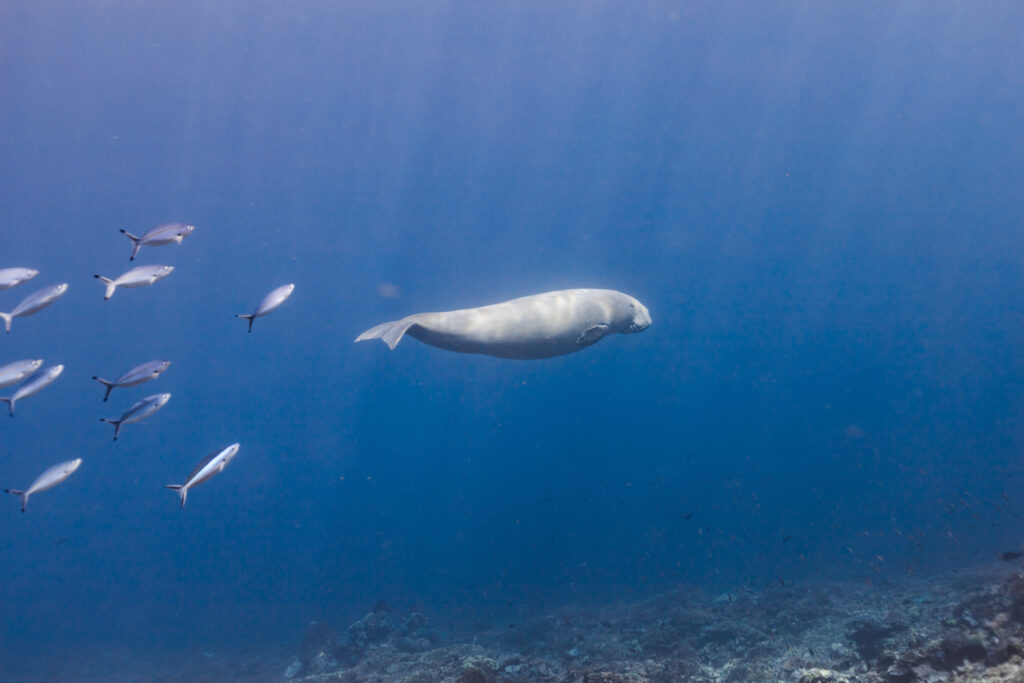
What is a Dugong?
Dugongs are part of the animal order Sirenia. Their scientific name is the ‘Dugong Dugon.’ The Sirenian family is made up of 4 large aquatic mammals – 3 species of manatees and 1 Dugong. The family was first classified in 1776!! There was a 5th species (another Dugong species) that was originally the largest of this family.
The Stellar’s Sea Cow in the Bering Sea was formally identified in 1742, but it was completely wiped out by humans within just 30 years of being scientifically identified.
It is believed that the Sirenian order has been around for 40 million years. They are classified in the same groups as Tethytheres which means they are connected to Elephants! Can you see the resemblance?!
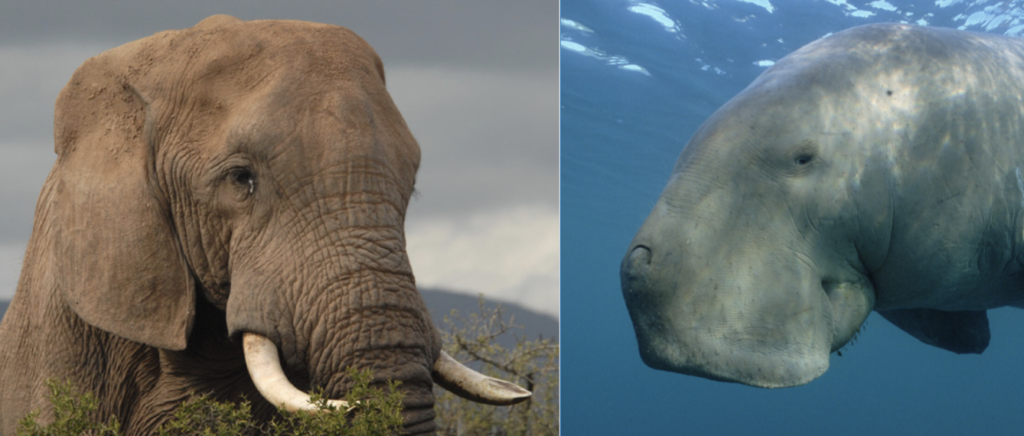
A Couple of Fun Facts
Dugongs are usually nomadic and solitary, but can be seen in small groups or ‘herds.’ The largest herd seen at one time estimated to be 450 individuals. They may be solitary but they are very good mothers and stay with the offspring for about the first 18 months of their live.
Reproduction
There is no obvious way to tell the sex of these animals. They take about 10 years to reach sexual maturity and gestation lasts 12 months. They are thought to give birth every 3-7 years and as mentioned will stay with their young for the first year and half of their little life!
When a Dugong gives birth the first thing the mother does is push her baby to the surface so it can take its first breath. The mum will do this a couple of times until the baby gets it’s bearings and can do this itself! New borns already way about 30kg and are about 1 meter long.
Swimming / Movement
These large mammals often appear docile and slow moving, but don’t be fooled as they can swim fast! They have been recorded swimming at speeds of 22km per hour when needed!! We, divers, will not be able to keep up!
When sleeping these gentle giants go into a trance like state and can look as if they are just ‘hanging’ in the water. Dugongs never fully ‘sleep’, but do actually go into a trance like state where the rest parts of their brain to rest. During this time they will be perfectly still, but as they are not fully asleep they can rouse quickly if any danger is close by.
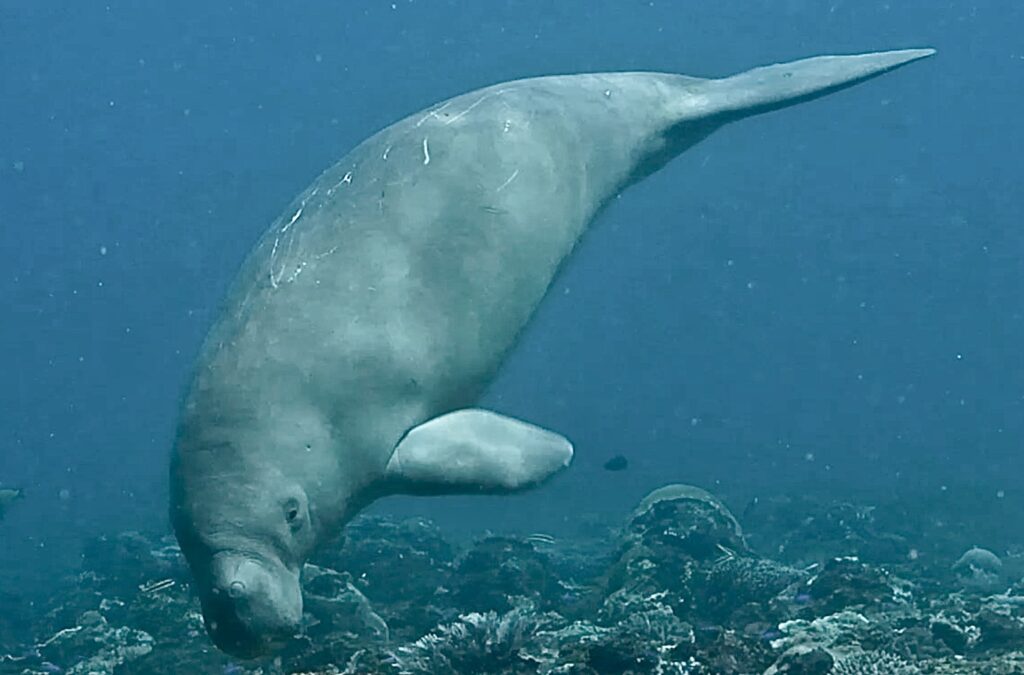
Seagrass
Dugongs main source of food is seagrass which is commonly found in Indonesian costal waters. Seagrass makes up 0.2% of the world’s oceans. It is found in shallow areas with low turbidity. There are 60 known species of seagrass of which 24 of these are found in the Indo-Pacific region.
Seagrass is known to have an important role in carbon storage, accounting for 10% of the annual carbon sink capacity of the oceans.It has been estimated that a hectare of the most effective seagrass areas exceed more than 10 times the carbon sink capacity of the famous Amazonian forest.
Dugongs in Indonesia
General population numbers in Indonesian waters remain unclear. Estimates range from 1,000 – 10,000 individuals, but we don’t really know as there is little scientific data to note.
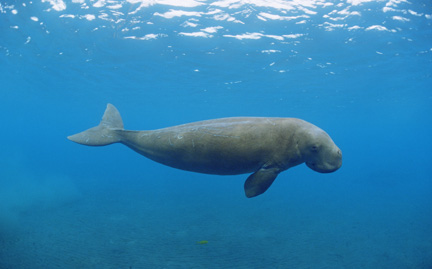
However Dugongs are protected by National Legislation in Indonesia and there has been a National Conservation Strategy specifically running for Dugongs since 2009. Dugongs are commonly sighted in
Nusa Tenggara Timur, Sumatra, Java, Kalimantan, Sulawesi, Bali, Baluku and Papua Barat.
The Dugong & Seagrass Conservation Project covers 8 countries and represents the first coordinated approach toward the conservation of Dugongs & Seagrass. It runs projects in Indonesia, Madagascar, Malaysia, Mozambique, Sri Lanka, Solomon Islands, Timor-Leste and Vanuatu.
Cultural Significance in Indonesia
The Indonesian word for ‘Dugong’ is ‘Duyong’ which actually translates to ‘mermaid’. These creatures are mythical in their history and mermaid stories from sailors are thought to have been inspired by Dugongs who were often seen in shallow waters and are able to turn upright in the water to put their heads out of the water. There are even tales of tribes covering sick Dugongs in cloths to cover their modesty when found in shallow water.
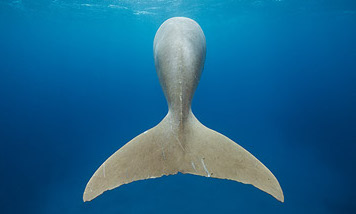
In Indonesia Dugongs are also revered and protected by many communities as they are thought to represent re-incarnated women, but for others their teeth, tusks, teats, and even their tears were considered to have magical properties so they were often used for healing or to produce religious artifacts.
Dugong Etiquette while Diving
We can see Dugongs pretty often in Komodo and although many will tell you, there is not really a ‘season’ for them, but what we do find is that when we spot 1-2 they will tend to hang around and be frequently sighted for a couple of weeks before ‘disappearing’ again! We see Dugongs at a couple of different dive sites here. Just recently they have been seen at The Cauldron (aka Shotgun), Polis Point and Tatawa Kecil. We also have a very special dive site here where we do see them a lot, but we prefer not to share the name so we can protect this area! We will take you if you visit though!!
Dugongs have very poor vision due to tiny ears, but they are acutely sensitive to sound with very narrow sound thresholds. This all just means they do not like sound!
The most important rule when looking for Dugongs is not to make any sound underwater – so we will always brief you that if we are searching it is very important not to use any tank bangers or clickers as there is a high probability this will scare them away!
It’s also important that there are no boat engines nearby as that will also spook them.
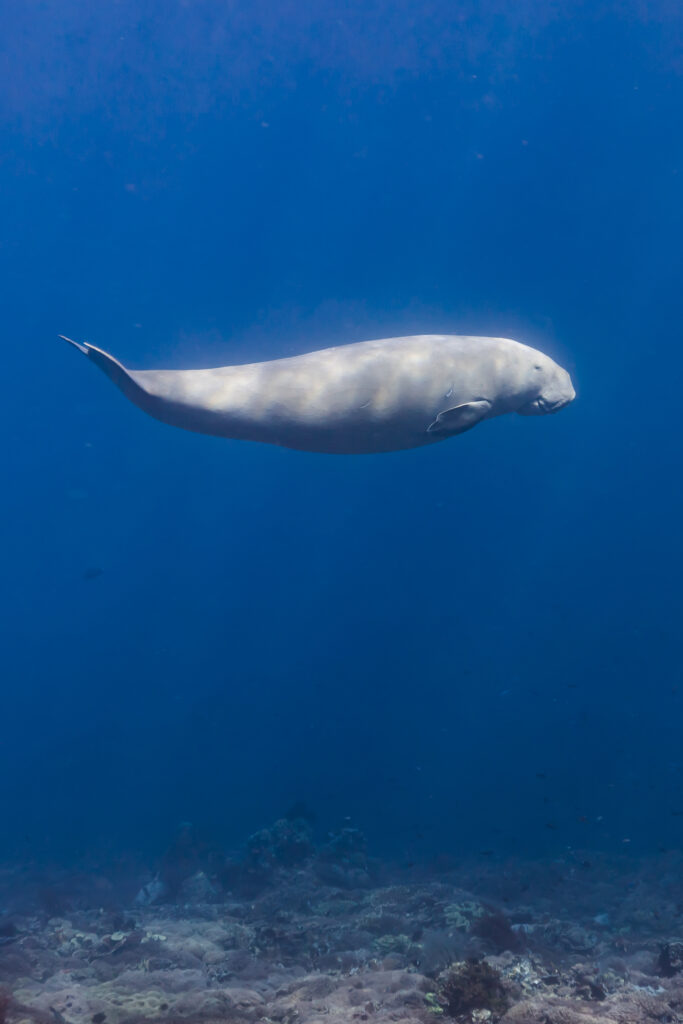
Dugongs are incredibly majestic animals that are on many divers’s bucket list! Here in Komodo we are lucky to be able to spot them on different dive sites and we would love you to come and see them with us!

